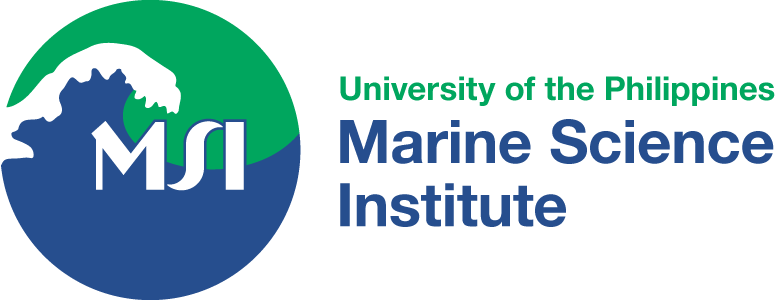The Diversity of Eucheumatoid Seaweed Cultivars in the Philippines
Summary
Collectively known as eucheumatoids, Eucheuma denticulatum, Kappaphycus alvarezii, K. malesianus, and K. striatus are the main farmed seaweed species in the Philippines. This group of seaweeds is the main source of the high-value carrageenan. There are three major types of carrageenan, each having properties that make one type more suitable for a specific application than another. For instance, iota-carrageenan forms a soft gel while kappa-carrageenan forms a stiff and brittle gel. Carrageenan composition differs across species. Kappaphycus species mostly produce kappa-carrageenan while Eucheuma produces iota-carrageenan. Despite five decades of farming, there had been no attempt to summarize the current state of the local traditional knowledge about the diversity of this seaweed group, especially with reference to the taxonomy, cultivar designation and distribution. A total of 66 cultivars recognized across 58 provinces in the Philippines were documented. Most of these cultivars were morphologically identified as either K. alvarezii or K. striatus, however, the majority were yet to be genetically identified. In part, due to higher demand of kappa-carrageenan extract as compared to the iota type, K. alvarezii and K. striatus were widely cultivated in the Philippines than that of E. denticulatum. Only in the southern Philippines that K. malesianus is currently cultivated. The diverse cultivars identified in this study suggest that the Filipino farmers possess important traditional knowledge that can be useful for future crop selection and breeding.
Significance
The paper highlights a novel and promising approach to produce a 100% algae-based packaging material. The semi-dry extrusion of minimally processed algal biomass into different packaging products presents several benefits in terms of production cost, efficient use of water and energy resources, increased variety of products and reduced negative environmental impacts.
Photos

Authors:
Richard V. Dumilag (Sorsogon State University)
Bea A. Crisostomo (Marine Science Institute, University of the Philippines)
Zae-Zae A. Aguinaldo (Marine Science Institute, University of the Philippines)
Lourie Ann R. Hinaloc (Marine Science Institute, University of the Philippines)
Lawrence M. Liao (Graduate School of Integrated Sciences for Life, Hiroshima University)
Hilly Ann Roa-Quiaoit (Department of Environment and Natural Resources 10, CDO River Basin Management Council, Cagayan de Oro City)
Floredel Dangan-Galon (Palawan State University)
Giuseppe C. Zuccarello (University of Wellington)
Marie-Laure Guillemin (Universidad Austral de Chile; UPMC University Paris; Evolutionary Biology and Ecology of Algae, Station Biologique de Roscoff)
Juliet Brodie (Department of Life, Sciences, Natural History Museum, London)
Elizabeth J. Cottier-Cook (Scottish Marine Institute)
Michael Y. Roleda (Marine Science Institute, University of the Philippines)
Read the full article: https://www.tandfonline.com/doi/full/10.1080/23308249.2022.2060038
